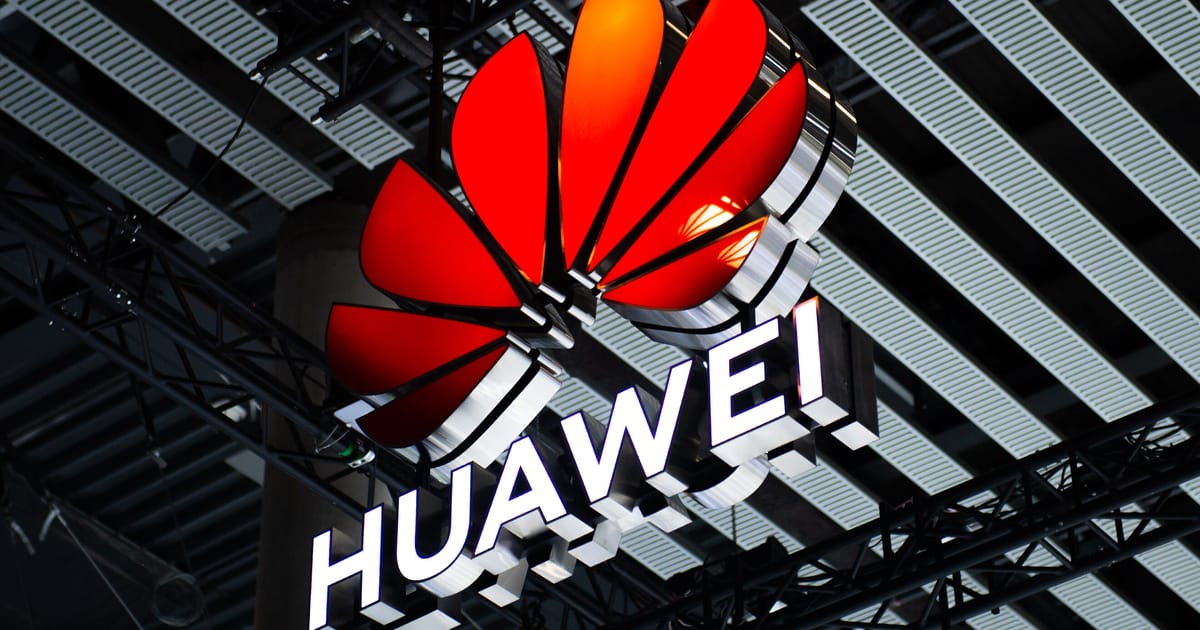[ad_1]
Press play to listen to this article
Voiced by artificial intelligence.
Europe’s largest economy Germany hasn’t kicked its habit of using Chinese kit for its 5G telecoms networks yet.
A new study analyzing Huawei’s market share in Europe estimates that Germany relies on Chinese technology for 59 percent of its 5G networks. Other key markets including Italy and the Netherlands are also among eight countries where over half of 5G networks run on Chinese equipment.
The study, by Copenhagen-based telecoms consultancy Strand Consult, offers a rare glimpse of how some telecoms operators have relied on Chinese vendors Huawei and ZTE in the early stage of Europe’s 5G rollout. The figures also underline one of Western officials’ fears: that Europe’s pushback against Chinese technology for communications networks was slow to wean operators off Huawei.
“It’s easier to preach than to practice,” said John Strand, founder of the consultancy, of EU governments’ hesitance to throw up clear barriers to using Chinese telecoms equipment.
“It is more dangerous to be dependent on Chinese telecoms networks than to be dependent on Russian gas. Digital infrastructure is the fundament of society,” Strand said.
The study matches a warning by the European Commission’s digital chief Margrethe Vestager, who said last month that “a number of countries have passed legislation but they have not put it into effect … Making it work is even better.”
“It is not only Germany, but it is also Germany,” Vestager said in November.
Germany’s ministries of digital affairs, interior and economic affairs didn’t immediately respond to a request for comment.
Huawei also didn’t immediately respond to a request for comment.
Clinging to Huawei kit
European governments in the past two years have imposed security policies on the telecoms industry to cut down on Chinese kit.
In some countries, this has led to a full stop on using Huawei and its smaller Chinese rival ZTE. Strand’s study estimates that nine EU countries, as well as Norway and the Faroe Islands, have no Chinese equipment in new 5G networks at all. France (17 percent) and Belgium (30 percent) have a much lower presence of Chinese kit in 5G than was the case in their 4G and 3G networks.
But the EU regime on using Chinese technology in 5G is a patchwork. In other EU countries those policies either allow for operators to still rely on Huawei for parts of their networks or require the government to actively step in to stop deals.
The Berlin government in the past two years was criticized for being slow in setting up the legal framework that now allows it to intervene on contracts between operators and vendors if ministers choose to do so. Olaf Scholz’s government has taken a more critical stance on Chinese technology and just last month blocked Chinese investors from buying a German chip plant over potential security threats.
But Germany’s largest operator Deutsche Telekom has also maintained a strategic partnership with Huawei for years and it and others have worked with Huawei on the early stages of rolling out 5G, Strand’s report suggests.
In Italy, the government has “golden powers” to stop contracts with Huawei. The former government led by Mario Draghi, seen as close to the U.S., intervened on a couple of deals but it is still unclear how the current government led by far-right Prime Minister Giorgia Meloni will position itself.
In other, smaller countries like the Netherlands, operators were quick to launch 5G networks and some did so using Huawei, especially in “radio access network” (RAN) parts — effectively preempting EU and national decisions to cut down on Chinese kit.
The EU in the past few months repeatedly slammed countries’ slow pace in adopting its common “5G security toolbox” guidelines to mitigate security risks in networks, according to several legislative texts.
Huawei’s headwinds
Strand’s data, gathered from European industry players in the past months, show Huawei was quick to provide operators with 5G gear in the first stages of Europe’s rollout.
But another boutique telecoms consultancy, Dell’Oro, compiled data recently that showed the firm in the past year started running into serious obstacles in selling its kit.
As of early last year — right as European officials were changing direction on 5G security — Sweden’s Ericsson overtook Huawei in market share of new European sales of radio access network (RAN) equipment for 3G, 4G and 5G equipment, according to updated figures Dell’Oro compiled this summer, shared with POLITICO by an industry official. Radio access networks make up the largest chunk of network investment and include base stations and antennas.
For 5G RAN specifically, Huawei lost its initial position as a market leader at the start of the rollout; it now provides 22 percent of sales, with Ericsson at 42 percent and Nokia at 32 percent in Europe, Dell’Oro estimated.
A POLITICO investigation last month revealed how the Chinese tech giant was consolidating its operations in Europe and scaling down its lobbying and branding operations across a series of important markets, including France, the United Kingdom and its European representation in Brussels.
Pressed by the United States and increasingly shunned on a continent it once considered its most strategic overseas market, Huawei is pivoting back toward the Chinese market, focusing its remaining European attention on just a few countries, among them Germany.
China hawks, however, fear that Huawei could continue to supply 5G equipment because of the loopholes and political considerations of national governments.
The new figures could serve as “an eye opener for a lot of governments and regulators in Europe,” Strand said.
Sarah Wheaton contributed reporting.
[ad_2]
